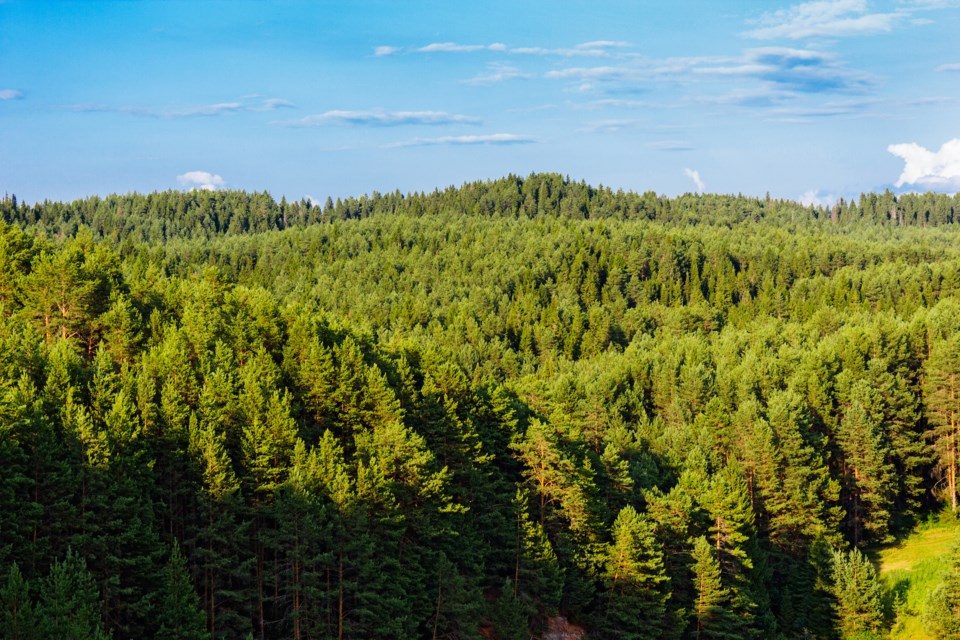Reclaiming an area that was once forested is not always as simple a process as just planting new trees.
A new research tool developed in Northern Ontario is helping to guide municipalities, landowners and forest managers in determining which mix of species will best serve the goals of the reclamation.
PlantR is an online platform developed by Isabelle Aubin and a team of collaborators, including scientists from the Canadian Forest Service.
“The question we hear a lot from urban planners and forest managers is what should I plant when I do a restoration project? What we say is it depends on your restoration goals,” said Aubin.
Different species of trees will offer different benefits, said Aubin. If the goal is to prevent erosion, willow trees could be planted. If the plan is to restore nitrogen to the soil, consider planting more deciduous trees with nitrogen-rich leaves that drop in the fall.
By planting a mix of species, multiple restoration goals can be accomplished.
“There are so many things we are benefitting from our forests, and not all species are equal in their capacity to give us these benefits,” said Aubin. “We don’t need to plant the same thing everywhere because there aren’t the same goals everywhere.”
Users can input data like the soil conditions of the area and restoration goals and even budget for the PlantR platform’s algorithm to consider.
In the end, it creates a plan to best meet those goals within the budget set by the municipalities, landowners or forest managers who are using it.
The platform was developed and tested for the Sudbury area, in part because the amount of reforestation efforts in that area and the challenges logging, mining and smelting have created over years of industrial use.
Even though restoration efforts have been in place for decades in the area, it continued to experience elevated levels of soil metals, poor water quality and a lack of organic soil matter.
The tool was developed to take a different approach and to provide a mix of tree species and forest floor plant species to provide good canopy cover and promote soil building and biological health — functions that are critical to restoring Sudbury’s forests.
“It’s developed for the Sudbury-area context and the type of forests you have in Sudbury. So in the Sault it will work as well because they have similar kinds of forests,” said Aubin.
Now that it has been tested in the Sudbury area, PlantR will continue to be developed for other parts of the province.
“We are in the process to make it available to everyone who would like to play with it, but for now it’s only upon request. It’s not on the web yet, we hope to make it available broader in the near future,” said Aubin.
— SooToday




